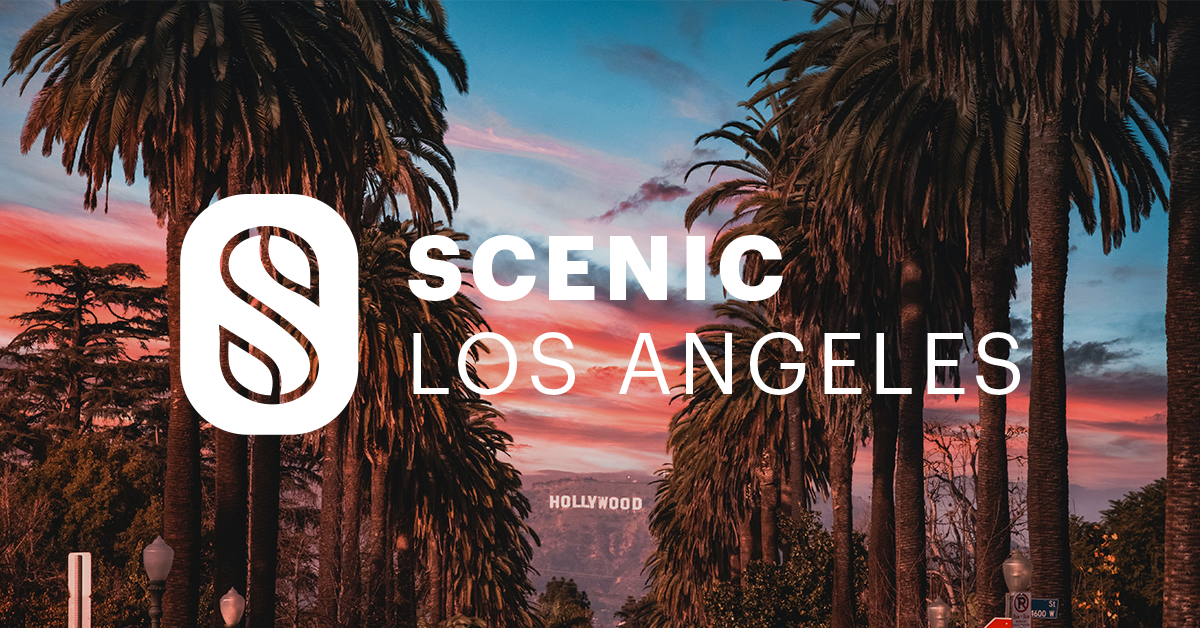
The billboard lobby has convinced cities they have nothing to lose and everything to gain by permitting revenue-generating digital billboards on public property. But City Council members looking for new revenue need also consider aesthetic, environmental, traffic safety and quality of life impacts when evaluating proposed billboards.
We’ve experienced this exercise in San Jose and can relate to the assault on LA’s billboard ordinances with the Metro’s Transportation Communication Network plan to install digital billboards on up to 49 Metro parcels adjacent to freeways and streets. As the clock ticks toward implantation, opponents have called for an independent analysis of the scheme’s financial and traffic safety impact, an examination we support.
In addition, we believe Los Angeles would benefit to learn how San Jose’s government conspired to bring digital billboards to San Jose.
- In 2018 the City Council rescinded a 1972 ban on new billboards on public property which embodied the principle that removing billboards was good for the environment and economic development. There was no public awareness of this policy change until April 2020 when the Planning Department belatedly held online meetings to determine community opinion. All but a few of 150 attendees opposed the scheme.
- Billboard advocates declared the city would make 35% of the revenues generated by billboards on city property but did not reveal the total dollar amount. The Office of Economic Development (OED) defied Public Record Act requests to identify the total revenue to the city. Residents, and City Council members, only learned the actual dollar amount in 2024, — $1 to $2 million, a tiny fraction of 1 percent of the city’s annual operating budget.
- Billboard proponents argued that many non-digital billboards would be removed for every digital billboard allowed. The public was not informed that the Planning Department had called for 10 non digital billboards to be eliminated for each new digital approved but that the City Council reduced that to as low as 4 and allowed billboard companies, not the city, to choose which static billboards would be removed. And the City quietly exempted downtown sites from the take down requirement.
- Digital billboards were to be mounted on the exterior of public buildings such as the Tech Interactive Museum and performing arts venues. But the City only looked at top line revenue, ignoring concerns that advertising on civic assets might drive visitors and sponsorships away from these venues and nearby businesses. The bottom line could mean a net loss of tax revenue in excess of the top line revenue.
- The OED contended that digital advertising would transform downtown San Jose into a cross between Times Square and Las Vegas, creating something called urban vibrancy, an example of public policy based on billboard industry talking points.
- San Jose ignored a survey showing 93% of residents oppose new billboards. The Council was so convinced by one company’s billboard lobbyist that it rejected the advice of its own Airport Commission which predicted twice that the contract for proposed digital billboards at San Jose Airport (SJC) would violate the City’s requirement that contracts be competitively bid. As a result of a lawsuit, the Superior Court declared the city’s contract with Clear Channel for digital billboards outside SJC terminals be rescinded and the process of finding a billboard vendor should start over. San Jose, by then having spent $2 million in staff time over 5 years, managed to not erect even one digital billboard. Our organization contended the City’s obsession with fulfilling the agenda of the billboard lobby was deserving of immediate termination.
None the less, OED plans to obtain final approval for proposed digital billboards on public property from the San Jose City Council before the end of this year. Residents retain the hope of defeating this proposal and reinstating the revoked ban.
Lessons for Los Angeles? Consider appealing to state government to address an out-of-control billboard lobby. With state help, cities working with Scenic America, the leading organization concerned with billboard proliferation, could make a difference compared to fighting the billboard battle one city at a time. Surly state officials must deal with the fact, California, the national environmental leader, ironically is third in the nation for number of billboards. If Hawaii, Alaska, Vermont and Maine can all ban new billboards and remove existing ones, California must aim to work toward that end.
Jason Hemp, Les Levitt and John Miller are founders of No Digital Billboards in San Jose.